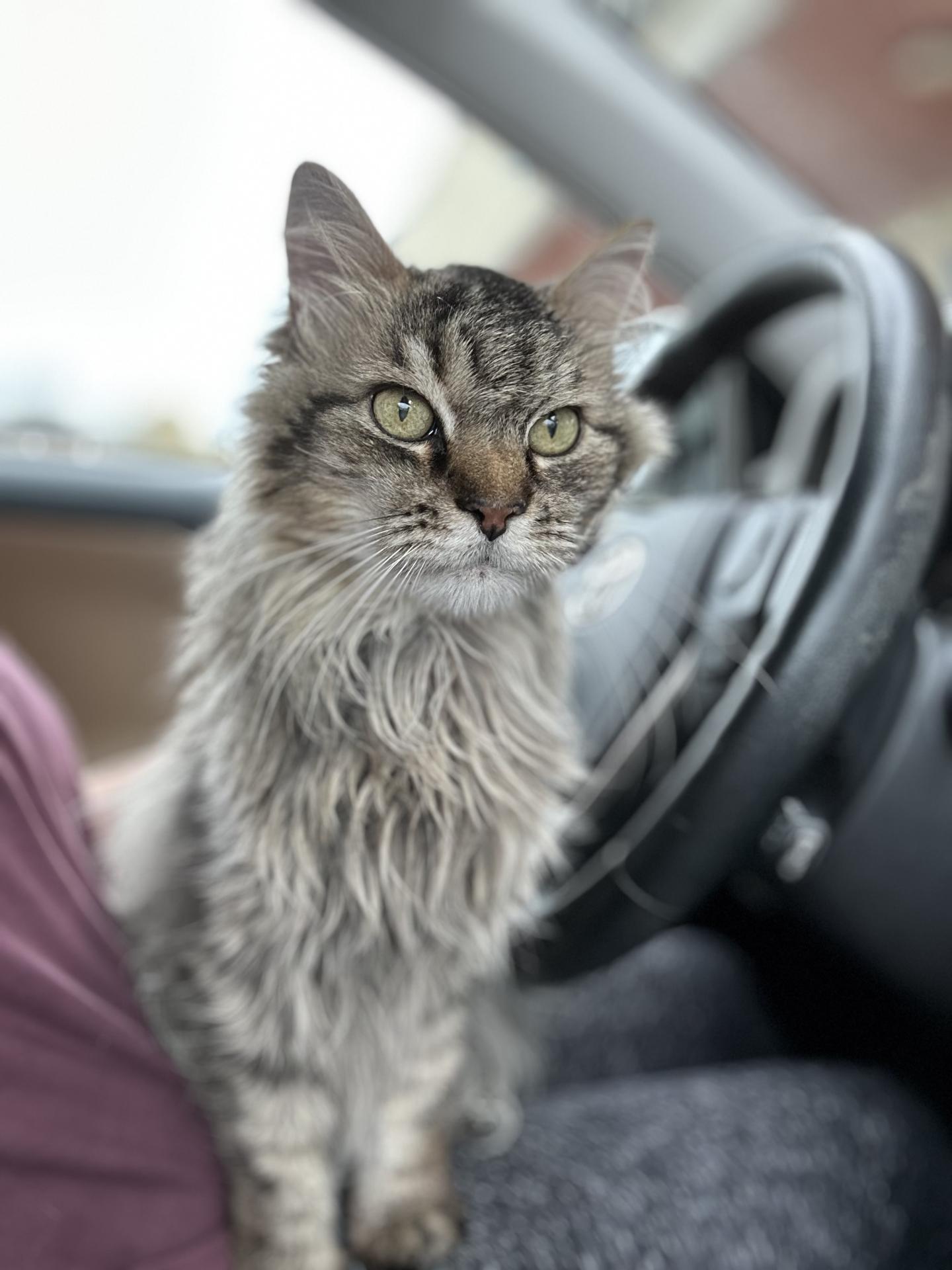How to Know When it is Time to Say Goodbye: Thoughts on Euthanasia
I have been a vet for nearly a decade, and have performed countless euthanasias. There are times when euthanasia is planned for - in those cases we usually have a dog or cat with a terminal diagnosis, or who has been struggling with their quality over time. There are times when the euthanasia has come as a difficult decision after trauma, or a devastating diagnosis. When you have a pet who has some quality of life, it makes it very difficult to decide when it is time to euthanize.
I had a cat, Mumford, whom I euthanized in March of 2025. He was thirteen years old, my first vet school pet. I got him as a kitten after he had fallen into a vat of transmission fluid and was rescued by another vet student. He had constant health issues: inflammatory bowel disease, pancreatitis, diabetes (that went into remission 6 times), and finally intestinal lymphoma. I was able to do very little for him, as he did not tolerate the medications we use to treat lymphoma well.
I euthanized in March of 2025. He was thirteen years old, my first vet school pet. I got him as a kitten after he had fallen into a vat of transmission fluid and was rescued by another vet student. He had constant health issues: inflammatory bowel disease, pancreatitis, diabetes (that went into remission 6 times), and finally intestinal lymphoma. I was able to do very little for him, as he did not tolerate the medications we use to treat lymphoma well.
Over time, I watched as Mumford got skinnier and skinnier, even though he was eating. He started to vomit as the cancer progressed. But he was still getting in my lap and wanting attention - a different behavior from his previous bouts of illness. When blood started to appear in his vomit and he stopped eating as much, I made the decision to euthanize. Honestly, I struggled with it - he was still my sweet lap kitty.
With my clients who are in similar situations, we will often refer to a Quality of Life scale.
A few things will trump all other measures of quality. One is the ability to breathe easily. If your pet is struggling to breathe, there is no quality of life. The other is pain. Unrelenting pain, breaking through pain medication, is no quality. In these cases, death is a kindness.
Euthanasia is greek for “good death.” We try, as much as possible, to make it a peaceful and painless experience. Generally we will place a catheter, and give a sedative first. Once the sedative is on board, we will give the euthanasia solution (which is a combination of sedative and an ingredient that will stop the heart.)
I truly believe that animals don’t fear death the way that humans do. They have no concept of the future, just the moment they are in now. They know their people are sad. They know that they hurt or just don’t feel well. We can give them a surcease from suffering. And one day, I hope, we will meet again, all the pets throughout our life waiting over the rainbow bridge.
